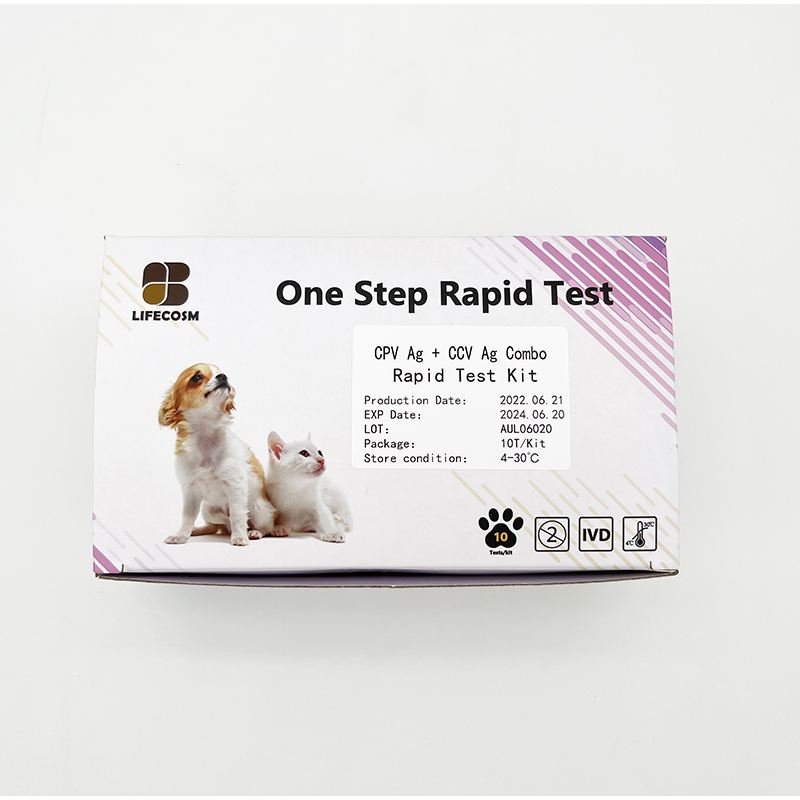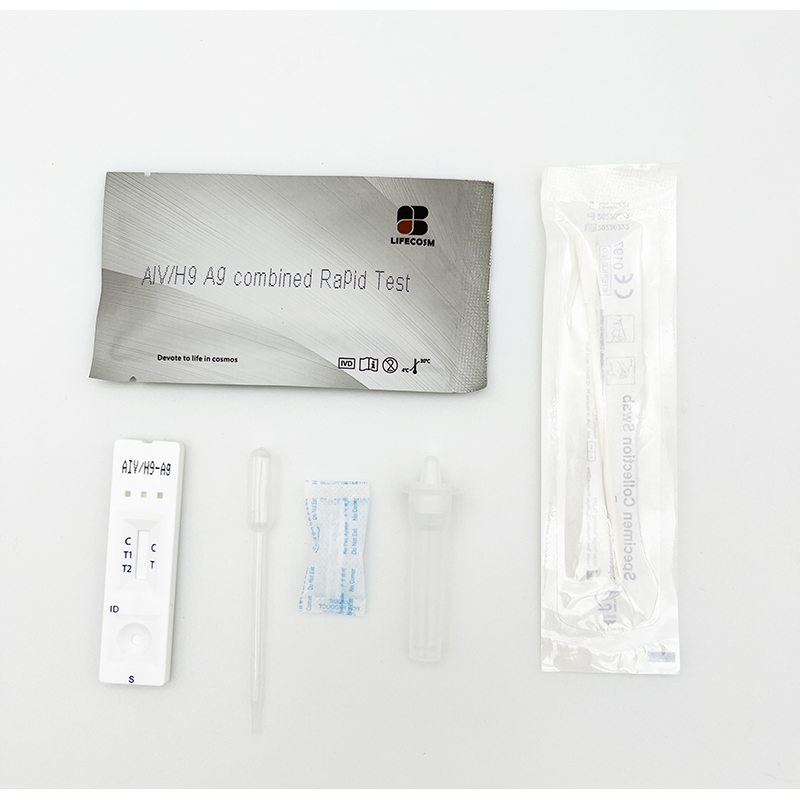Four flea and tick products may cause seizures, tremors, and lost coordination in some cats and dogs.
Food and Drug Administration officials have received thousands of reports of adverse events connected with three products—Bravecto, Nexgard, and Simparica—containing drugs in the isoxazoline class. The agency approved a fourth product, Credelio, containing a drug in the class this year. Revolution Tick Medicine

"The FDA is working with manufacturers of isoxazoline products to include new label information to highlight neurologic events because these events were seen consistently across the isoxazoline class of products," a Sept. 20 announcement states.
The agency has approved all four products since 2013 for treatment and prevention of flea infestations and treatment and control of tick infestations. They are safe and effective for most pets, but veterinarians should use patient medical histories to decide whether isoxazoline-class drugs are appropriate, the announcement states.
Siobhan DeLancey, who is a spokeswoman for the FDA Center for Veterinary Medicine, said the agency has received about 5,400 reports of adverse events connected with the drugs.
She provided a statement that said agency officials are seeing reports of neurologic events at similar rates across the isoxazoline product class, when those reports are compared with sales data. But the agency is unable to compare among products because it's impossible to know how many of the doses sold have been administered.
Researchers who conducted preapproval studies saw some of the neurologic signs, and some of the product labels already note that potential, DeLancey said. In the reports of adverse events since approval, some animals developed seizures with no known history of them.
Most of the reports involve dogs, but whether the risk is higher in dogs or cats is unknown. Only one of the products—Bravecto—is approved for use in cats.

Adult Heartworm FDA reports that summarize evidence used toward approval of the four products include descriptions of seizures, tremors, ataxia, and lethargy among a small number of dogs and ataxia in a few cats involved in clinical trials. Results of one trial for Simparica involving a small number of 8-week-old puppies, for example, indicated that those that received higher doses were more likely to have neurologic signs.